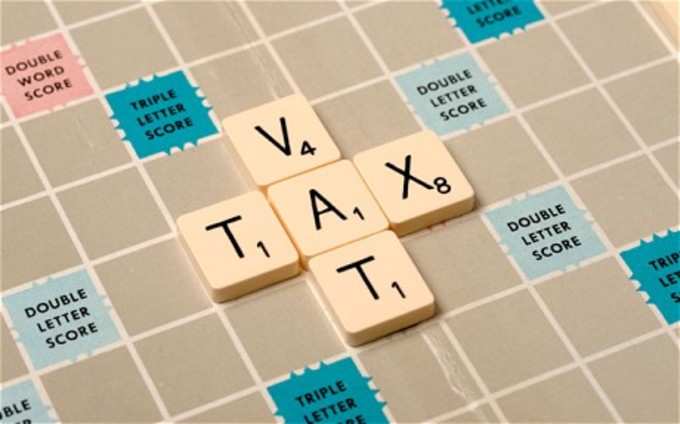 Value Added Tax (
Value Added Tax (VAT, which is also known as Goods and Services Tax (GST) in several countries, is levied on goods and services that you sell to customers and other businesses as well. In case of businesses, a firm has to be VAT registered to levy VAT on customers and other businesses.
As per Organisation for Economic Co-operation and Development (OECD), VATs raise around one-fifth of total tax revenues both worldwide.
As of 2014, 160 of the world's approximately 193 countries employ a VAT, except United States.
One of the advantages of VAT is it avoids the cascade effect of sales tax by taxing only the value added at each stage of production.
This is why, majority of the countries have vouched for VAT, especially developing countries.
In India, VAT is one of the key revenue sources. During April-November 2016, India indirect taxes went up as much as 25%, from the comparable year-ago period.
VAT was introduced in India in 2005, replacing general sales tax laws. In India, VAT rate varies from state to state.
Whereas, China has a standard VAT rate of 17% for some products and many items even have 13% VAT. In UK, VAT was increased to 20%.
Here’s how VAT varies from country to country